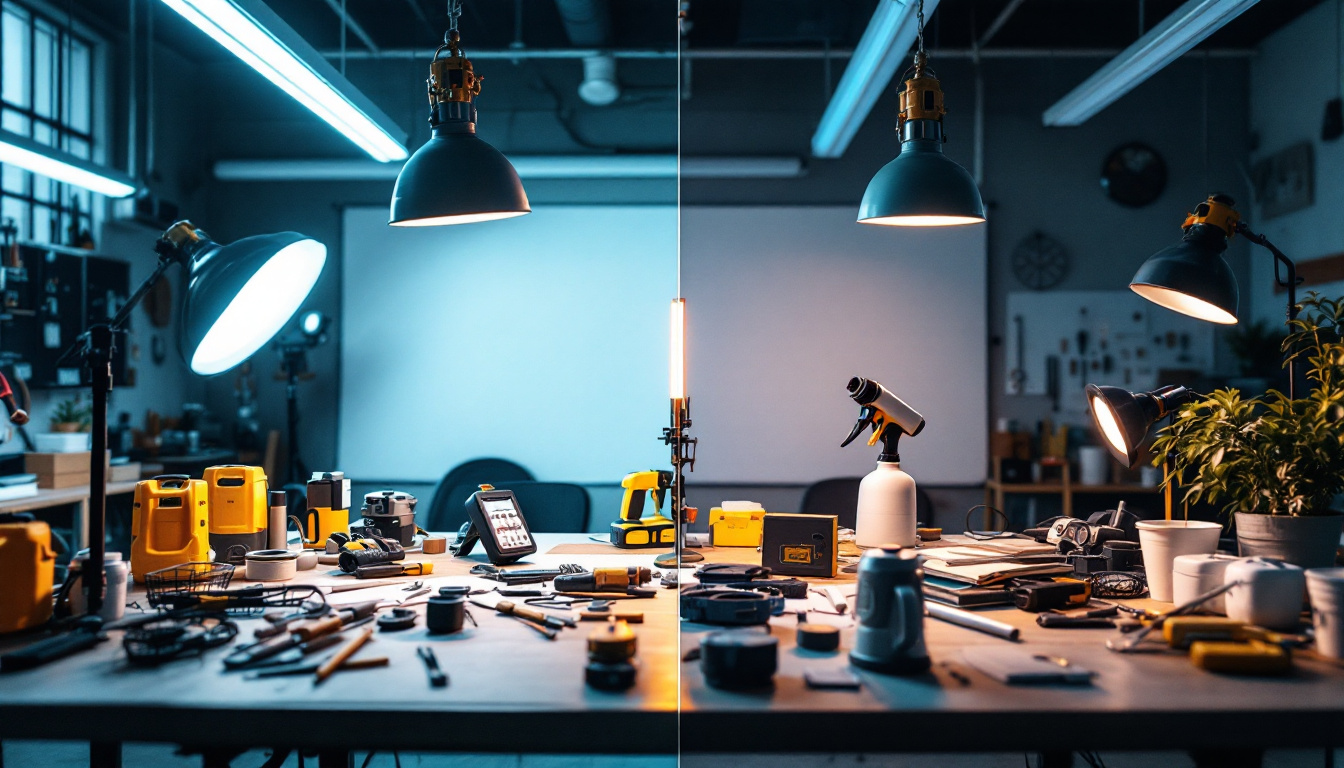
In the ever-evolving world of lighting technology, the debate between LED lighting and fluorescent tubes has become increasingly relevant for lighting contractors. With advancements in energy efficiency, longevity, and performance, understanding the differences between these two lighting options is crucial for making informed decisions that can impact both project outcomes and client satisfaction. This handbook aims to provide an in-depth comparison of LED lighting and fluorescent tubes, highlighting their advantages, disadvantages, and applications.
Light Emitting Diodes (LEDs) are semiconductor devices that emit light when an electric current passes through them. Unlike traditional incandescent bulbs, LEDs do not rely on filaments or gas to produce light, making them more energy-efficient and durable. They are available in various colors and can be dimmed, providing flexibility for different lighting applications. Additionally, LEDs have a significantly longer lifespan, often lasting up to 25,000 hours or more, which reduces the frequency of replacements and contributes to lower maintenance costs. Their compact size also allows for innovative designs and applications, from intricate architectural lighting to everyday household fixtures.
Moreover, the energy efficiency of LEDs translates into lower electricity bills and a reduced carbon footprint, making them an environmentally friendly choice. As technology advances, the brightness and color quality of LEDs continue to improve, making them suitable for a wide range of settings, including residential, commercial, and outdoor environments. The ability to control LED lighting through smart technology adds another layer of convenience, allowing users to adjust brightness and color temperature to suit their moods or specific tasks, further enhancing their versatility in modern lighting solutions.
Fluorescent tubes are a type of gas-discharge lamp that uses a combination of mercury vapor and phosphor coating to produce light. When electricity flows through the gas, it emits ultraviolet light, which then excites the phosphor coating inside the tube, resulting in visible light. Fluorescent tubes have been a popular choice for commercial and industrial lighting due to their relatively low cost and efficiency. They are particularly favored in office spaces, schools, and retail environments, where bright, uniform lighting is essential for productivity and visibility.
In addition to their widespread use, fluorescent tubes are available in various lengths and diameters, making them adaptable to different fixtures and spaces. They also come in different color temperatures, ranging from warm white to cool daylight, allowing for customization based on the desired ambiance. However, it’s important to note that fluorescent tubes contain small amounts of mercury, which necessitates careful disposal to minimize environmental impact. Despite this drawback, advancements in technology have led to the development of more eco-friendly options, such as low-mercury fluorescent tubes, which aim to balance efficiency with environmental responsibility.
One of the most significant advantages of LED lighting is its energy efficiency. LEDs consume significantly less power compared to fluorescent tubes, often using up to 75% less energy to produce the same amount of light. This not only translates into lower energy bills for clients but also contributes to a reduced carbon footprint, aligning with growing environmental concerns.
While fluorescent tubes are more energy-efficient than incandescent bulbs, they still fall short when compared to LEDs. Typically, fluorescent tubes convert about 20% of the energy they consume into visible light, with the rest lost as heat. This inefficiency can lead to higher operating costs over time, especially in applications requiring long hours of lighting.
LEDs are renowned for their impressive lifespan, often lasting up to 25,000 to 50,000 hours. This durability means less frequent replacements, which can significantly reduce maintenance costs for clients. Additionally, LEDs are less susceptible to damage from vibrations and temperature fluctuations, making them ideal for a variety of environments.
Fluorescent tubes typically last around 7,000 to 15,000 hours, depending on usage and operating conditions. While this lifespan is adequate for many applications, it pales in comparison to that of LEDs. Frequent replacements can lead to increased labor costs and downtime, which can be a significant drawback for lighting contractors and their clients.
LED lighting offers superior light quality, providing bright, consistent illumination with minimal flicker. They are available in various color temperatures, allowing lighting contractors to create the desired ambiance for different spaces. Furthermore, many LEDs are dimmable, providing additional control over light intensity and enhancing the overall user experience.
Fluorescent tubes can sometimes produce a harsh, flickering light that may be uncomfortable for occupants. While advancements have been made to improve their color rendering index (CRI), they still often struggle to match the quality of LED lighting. The color temperature options are also limited, which can restrict the design possibilities for contractors.
LEDs are considered more environmentally friendly due to their energy efficiency and longer lifespan. They contain no hazardous materials like mercury, which is found in fluorescent tubes, making them safer for disposal. Additionally, the lower energy consumption of LEDs contributes to reduced greenhouse gas emissions, aligning with sustainable building practices.
Fluorescent tubes pose environmental challenges due to the presence of mercury, which can be harmful if not disposed of properly. This necessitates special handling and recycling processes, adding complexity to the disposal of used tubes. Furthermore, their shorter lifespan means more frequent replacements, leading to increased waste over time.
While the initial purchase price of LED lighting can be higher than that of fluorescent tubes, it is essential to consider the total cost of ownership. The long lifespan and energy savings associated with LEDs often result in lower overall costs in the long run. For lighting contractors, presenting the long-term financial benefits to clients can help justify the initial investment.
Fluorescent tubes are generally more affordable upfront, making them an attractive option for budget-conscious clients. However, the savings may be short-lived when considering the ongoing costs associated with energy consumption and maintenance. Contractors should be prepared to discuss these factors with clients to ensure they make informed decisions.
LED lighting is versatile and suitable for various applications, including residential, commercial, and industrial settings. They excel in environments requiring high-quality lighting, such as retail spaces, art galleries, and offices. Additionally, their ability to withstand extreme temperatures makes them ideal for outdoor applications and harsh environments.
Fluorescent tubes have traditionally been used in commercial and industrial settings, such as warehouses, factories, and schools. They are effective for general lighting in large spaces where the initial cost is a primary concern. However, as LED technology continues to advance, many contractors are transitioning away from fluorescent tubes in favor of more efficient options.
Installing LED lighting can be straightforward, especially with the availability of retrofit options designed to fit existing fixtures. However, some LED systems may require specific drivers or dimming controls, which can complicate the installation process. Contractors should familiarize themselves with the products they choose to ensure compatibility and ease of installation.
Fluorescent tubes are generally easy to install and compatible with most existing fixtures. However, the need for ballast can complicate replacements and upgrades. As lighting technology evolves, contractors may encounter challenges when integrating fluorescent tubes with newer systems, making it essential to stay informed about the latest developments in lighting technology.
The future of lighting is undoubtedly leaning towards LEDs, with ongoing research and development focused on improving efficiency, color quality, and smart technology integration. Innovations like tunable white LEDs and smart lighting systems are gaining traction, allowing for greater customization and control over lighting environments. Lighting contractors should stay updated on these trends to offer clients the most current solutions.
While fluorescent technology may not see the same level of innovation as LEDs, there may still be advancements in energy efficiency and performance. However, as more industries shift towards sustainable practices, the demand for fluorescent tubes is likely to decline. Contractors should be prepared to adapt to changing client preferences and market trends.
The choice between LED lighting and fluorescent tubes ultimately depends on the specific needs of each project. While fluorescent tubes may offer lower initial costs, the long-term benefits of LED lighting—such as energy efficiency, longevity, and superior light quality—make them the preferred option for many applications. Lighting contractors play a crucial role in guiding clients through this decision-making process, ensuring they understand the implications of their choices.
As the lighting industry continues to evolve, staying informed about the latest technologies and trends will empower contractors to provide the best solutions for their clients. By understanding the strengths and weaknesses of both LED lighting and fluorescent tubes, lighting contractors can make informed recommendations that enhance project outcomes and client satisfaction.
In the end, the ultimate goal is to create well-lit environments that meet the needs of users while being mindful of energy consumption and environmental impact. By embracing advancements in lighting technology, contractors can contribute to a more sustainable future while delivering exceptional results for their clients.
Ready to elevate your lighting projects with the most efficient and cost-effective solutions? Look no further than LumenWholesale for all your LED lighting needs. Our commitment to quality and affordability ensures that you have access to the best spec-grade lighting products at wholesale prices. Say goodbye to inflated markups and hello to a vast selection of reliable, high-performance lighting that meets the highest industry standards. Plus, with free shipping on bulk orders, you can stock up on premium lighting without any hidden fees. Make the smart choice for your lighting projects and experience the best value in wholesale lighting today with LumenWholesale.
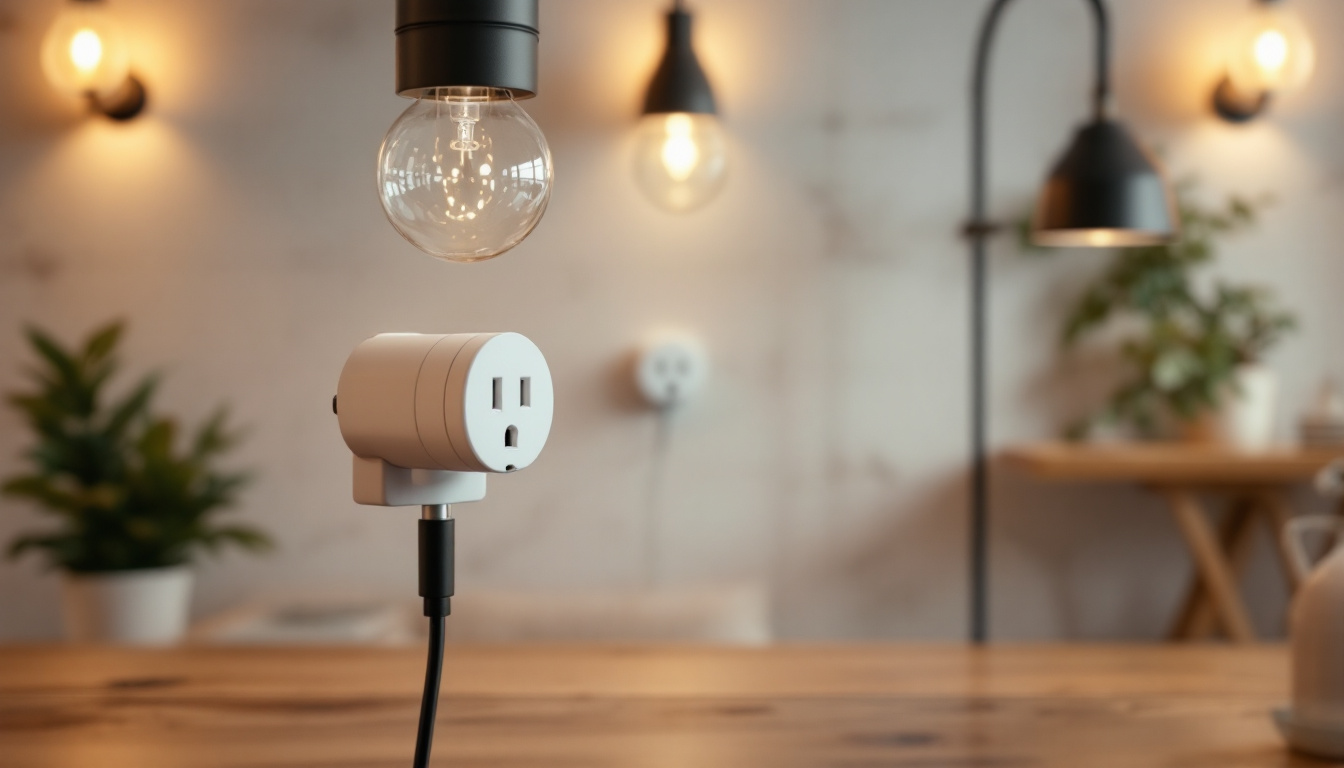
Discover how electric receptacles can transform your lighting designs from ordinary to extraordinary.
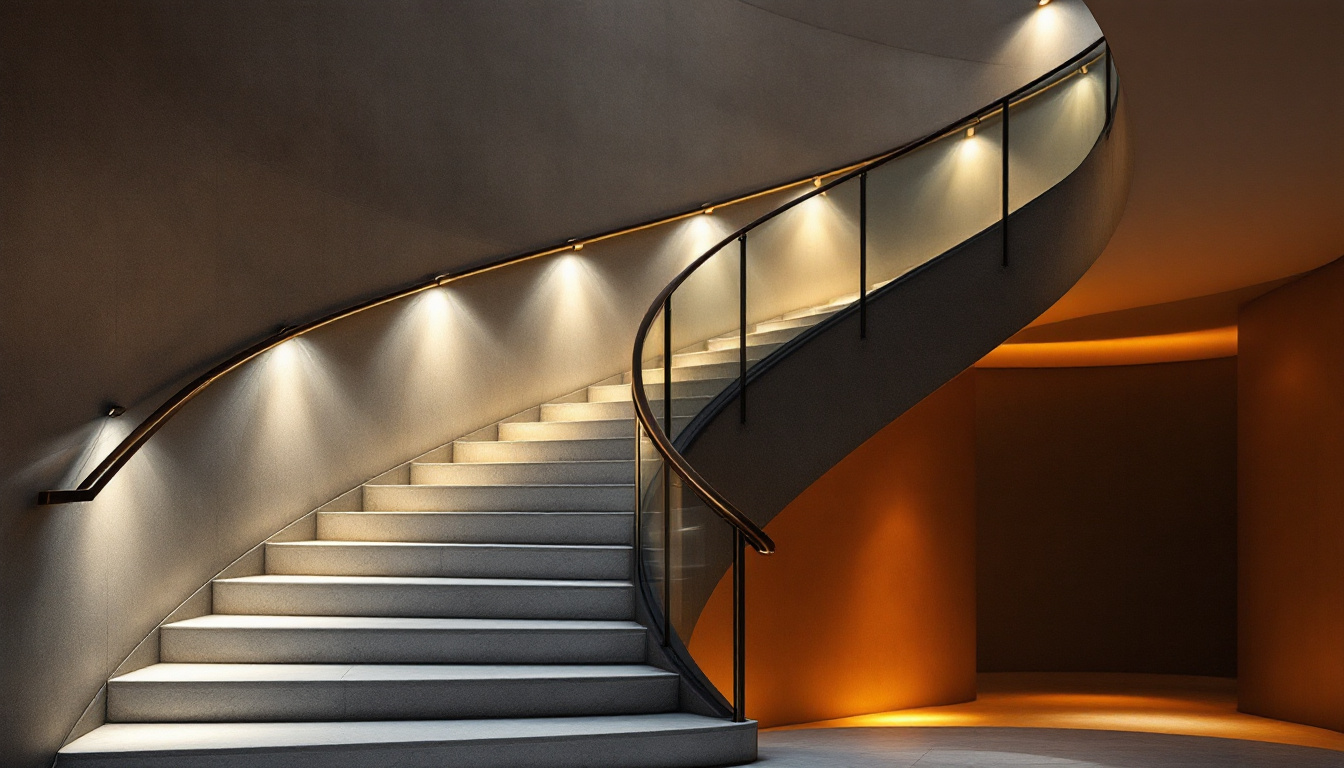
Discover the essential best practices lighting contractors use to illuminate stairs safely and stylishly.
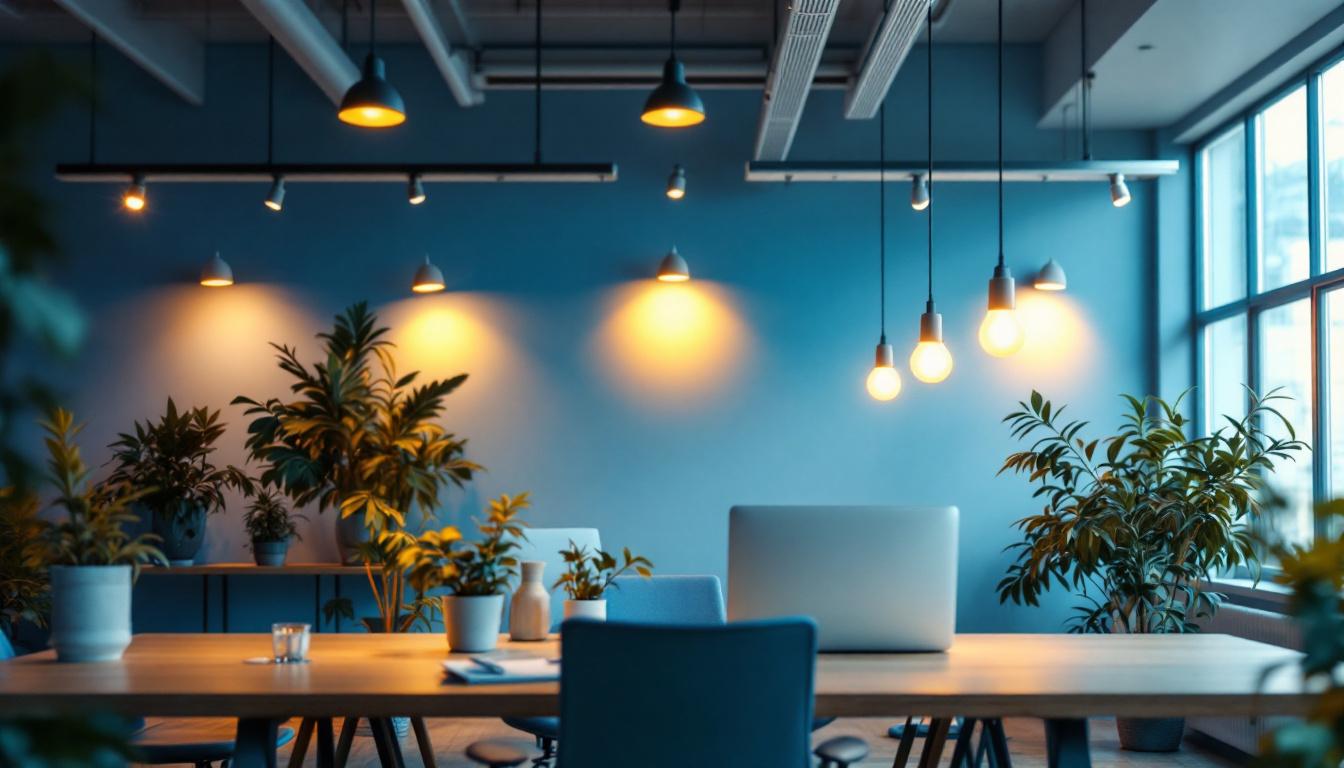
Discover the ultimate guide to track and rail lighting with our essential checklist tailored for lighting professionals.
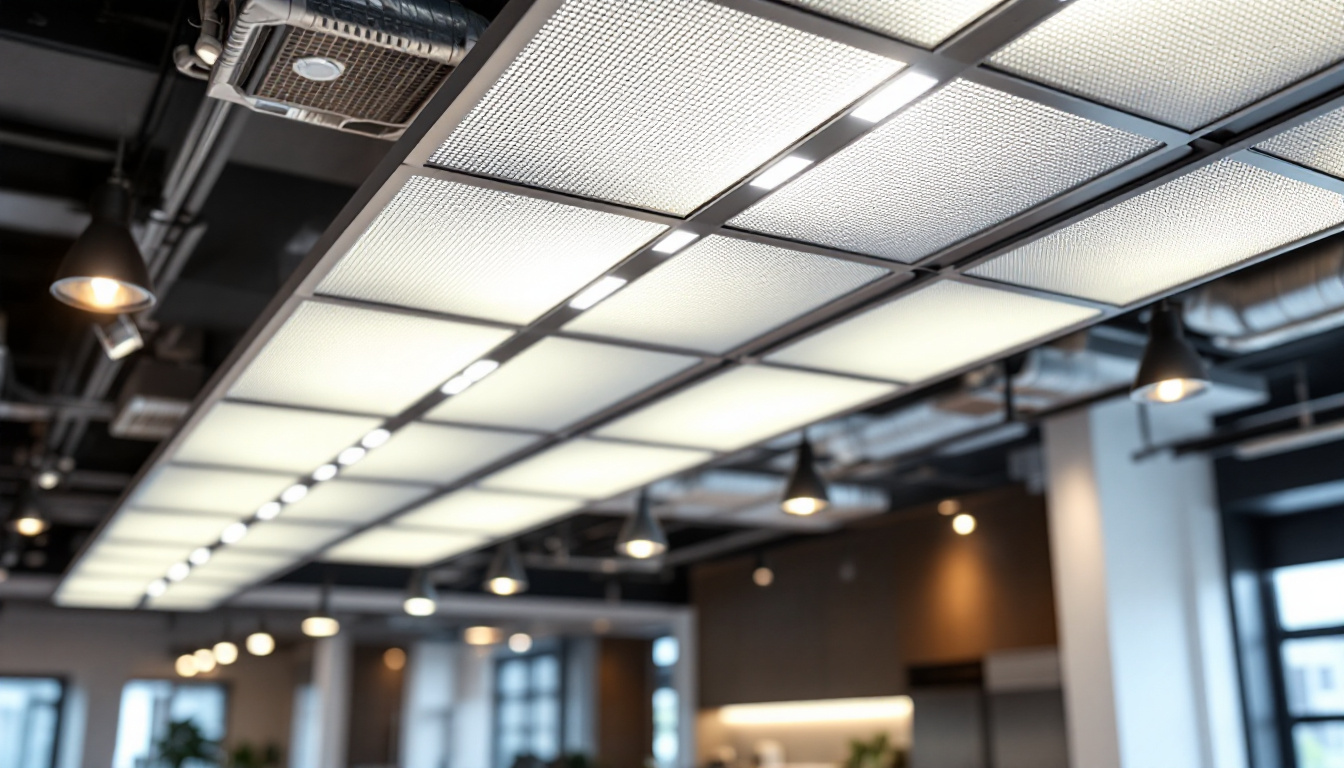
Discover how integrating LED lights into drop ceilings can give lighting contractors a competitive edge.